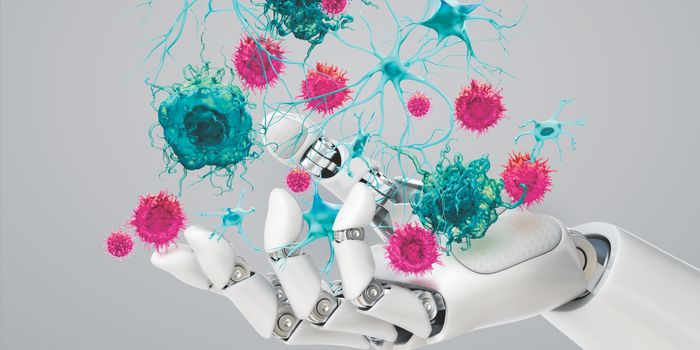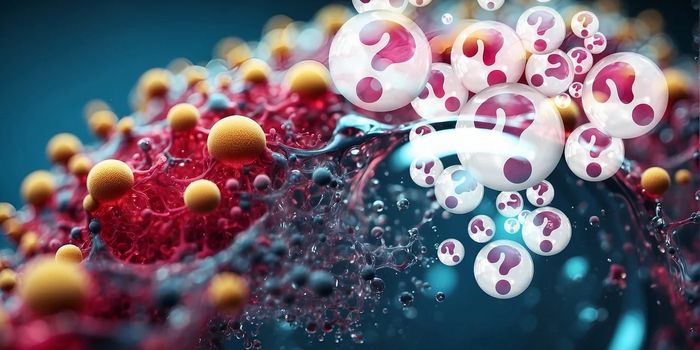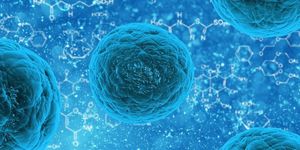Attacking leukemia trojan horse style
Researchers from the Max Planck Institute of Biochemistry have developed a new approach to targeting leukemic stem cells, the cells that grow into leukemia. The approach is published in the Proceedings of the National Academy of Sciences and works by removing leukemic stem cells from where they reside in the bone marrow.
Leukemic stem cells are found in very specific environments in the bone marrow called malignant niches. It is within a malignant niche that leukemic stem cells can survive and multiply. So, in order to stay physically attached to the niche, these cells use integrins to bind themselves to the extracellular matrix, a process that is only possible with the help of an intracellular protein called Kindlin-3.
So, thought the research team, if there is no Kindlin-3, can there be no leukemia? In investigating this question, the researchers used mice models to test out their idea: deliver a Kindlin-3 destroying siRNA compound into leukemic stem cells in order to disable leukemic stem cells’ survival tool.
The first author of the study, Peter Krenn, explains: "The isoform Kindlin-3 is only used by blood cells. If mice harbor leukemic stem cells that lack Kindlin-3, they do not develop leukemia. Without Kindlin-3 and active integrins, the leukemic stem cells cannot attach themselves to their niche environment and are released from the bone marrow into the blood. Since they cannot home elsewhere either, they remain in the blood. There the leukemic stem cells lack the urgently needed support, which they usually receive from the niche, and die."

Krenn continues: "In our current study we have developed a new therapeutic approach to treat chronic myeloid leukemia in mice. However, the principle of the therapy is universally valid. The inhibited Kindlin-3 production and consequent loss of integrin function prevents the cancer cells from being able to adhere and settle in tumor-promoting niches. I assume that this method will also prevent the cancer cells of other types of leukemia from settling and that these diseases could thus become much more treatable."
The researchers look forward to continuing their investigations in order to explore further strategies to fight leukemia.
Sources: PNAS, Science Daily








